Disclosure: This article contains affiliate links. We may earn a commission from purchases at no extra cost to you, which helps our travel content.
After spending years telling my correctional facility colleagues about my dream to visit Japan, I finally made it happen last spring—a solo adventure to recharge while the kids stayed with their grandparents (sometimes mama needs her own timeout!). Tokyo's renowned food scene had been calling my name for years, and let me tell you, it did not disappoint. Beyond the Michelin-starred restaurants and fancy sushi bars lies a vibrant street food culture that captures the true essence of Japanese cuisine: simple ingredients transformed through meticulous technique and deep respect for tradition. Armed with my trusty travel phrasebook and an empty stomach, I spent seven glorious days weaving through Tokyo's neighborhoods, from the narrow alleys of Memory Lane to the bustling streets of Tsukiji Outer Market. What follows is my curated guide to Tokyo's must-try street foods—dishes that will transport your taste buds to flavor heaven without emptying your wallet.
Savory Classics: The Street Food Staples
Takoyaki: Octopus Balls of Joy
These golden, spherical snacks might look unassuming, but they pack a serious flavor punch. Watching the vendors expertly flip these little octopus-filled balls of batter on their specialized griddles is practically a street performance. I found the best takoyaki at a tiny stall in Asakusa where the chef—a gentleman who must have been in his 70s—had hands that moved with the precision of a surgeon. The perfect takoyaki should be crispy outside, molten inside, with a tender piece of octopus at the center. They're typically topped with takoyaki sauce (similar to Worcestershire), Japanese mayo, bonito flakes that dance from the heat, and a sprinkle of aonori (seaweed powder).
Yakisoba: Stir-Fried Noodle Heaven
On my second day, after walking 20,000 steps around Shinjuku (my fitness tracker was having a field day), the sizzling sound of yakisoba being cooked on a flat iron grill lured me to a food stall near Shinjuku Station. These stir-fried wheat noodles are typically mixed with bits of pork, cabbage, carrots, and onions, then seasoned with a sweet-savory sauce and topped with pickled ginger and aonori. It's comfort food at its finest—the Japanese equivalent of the mac and cheese I make for my kids on busy weeknights, but with so much more complexity.
Okonomiyaki: The Everything Pancake
The name literally means 'grilled as you like it,' and this savory pancake lives up to its customizable reputation. At a small shop in Hiroshima (I took a day trip via bullet train—worth every penny), I watched in awe as the chef layered batter, mountains of shredded cabbage, pork belly slices, noodles, and an egg on the sizzling grill. The finished product was drizzled with okonomiyaki sauce, mayo, and the usual bonito flakes and aonori. Each bite was a textural adventure—crispy edges, tender center, and the umami explosion from the toppings. I immediately texted my oldest that we'd be attempting to recreate this at home (spoiler alert: our home version wasn't quite the same).
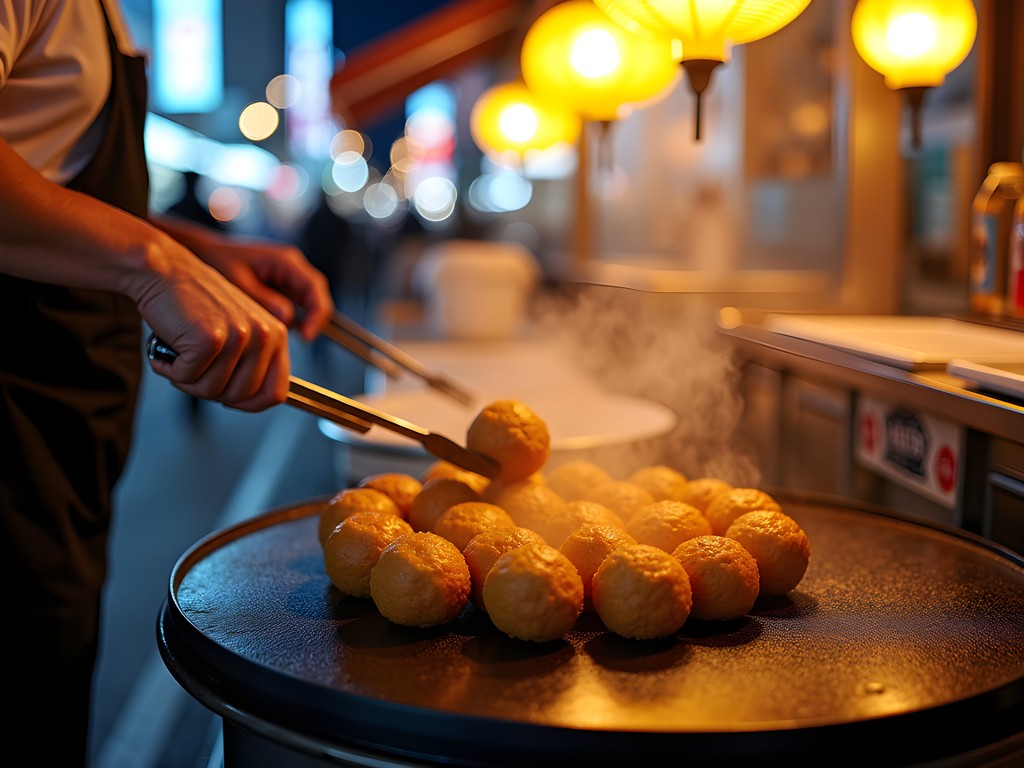
💡 Pro Tips
- Look for stalls with lines of locals—they know where the good stuff is
- Most street food vendors accept cash only, so keep yen on hand
- Don't be afraid to point and smile if your Japanese is limited—vendors are used to tourists
Sweet Treats: Desserts on the Go
Taiyaki: Fish-Shaped Sweet Surprises
The first time I saw taiyaki—those adorable fish-shaped cakes—I couldn't help but think how much my kids would love them. These Instagram-worthy treats are made with waffle-like batter cooked in fish-shaped molds and traditionally filled with sweet red bean paste. Modern versions offer fillings like custard, chocolate, or matcha cream. I discovered a shop in Harajuku that served taiyaki with soft serve ice cream poking out of the fish's mouth—culinary cuteness overload! I sent so many photos to my kids that they made me promise to bring them next time.
Dorayaki: Doraemon's Favorite
As a mom who's sat through countless episodes of Doraemon with my children, I couldn't pass up trying the blue robot cat's favorite snack. These sweet pancake sandwiches filled with red bean paste are surprisingly addictive. The pancakes are bouncy and honey-flavored, creating the perfect complement to the sweet filling. I found a shop near Senso-ji Temple that's been making them the same way for over 50 years, and the care that goes into each one is evident in every bite.
Crepes: Harajuku Style
While not traditionally Japanese, Harajuku-style crepes have become a Tokyo street food institution. These aren't your basic French crepes—they're works of art rolled into a cone and stuffed with everything from fresh fruit and whipped cream to cheesecake, ice cream, and chocolate sauce. Walking down Takeshita Street with one of these colorful creations is practically a rite of passage. I opted for a strawberry, custard, and matcha ice cream combination that was so photogenic I had to snap at least ten pictures before taking my first bite. The smartphone gimbal I brought along was perfect for capturing smooth video of the crepe-making process for my travel highlights.
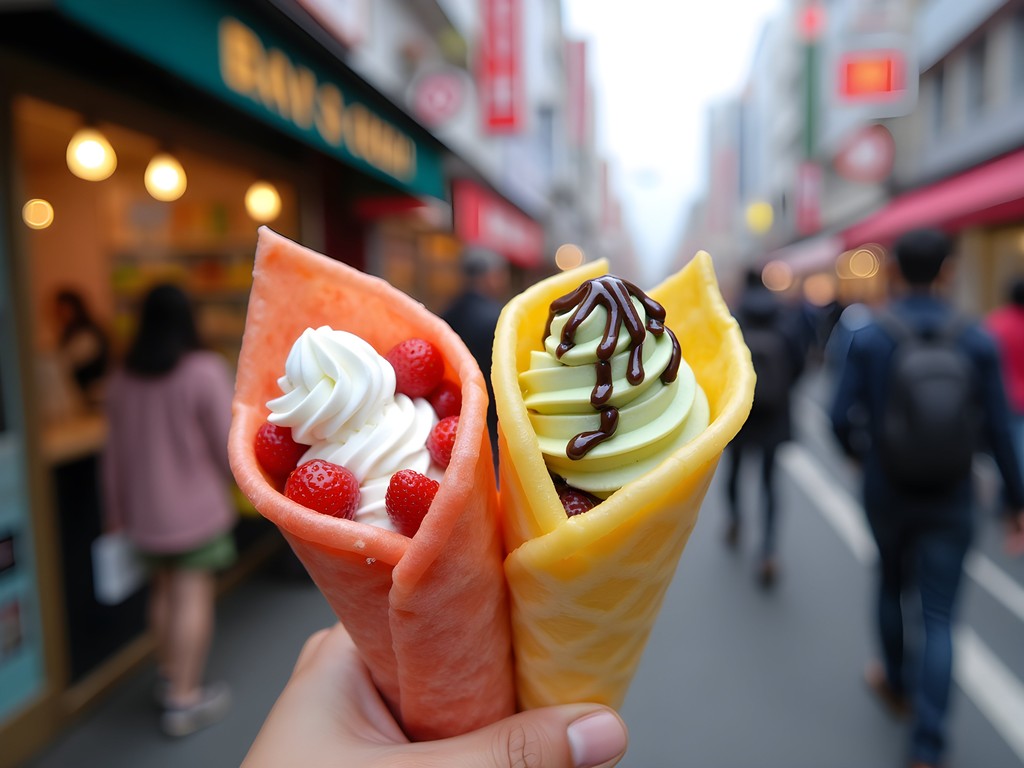
💡 Pro Tips
- Fresh taiyaki has the best texture—look for places making them to order
- Many sweet vendors offer seasonal flavors, especially during cherry blossom season
- Save room for dessert by sharing savory items with a travel companion
Skewered Delights: Kushiyaki & Beyond
Yakitori: Not Just Chicken
Before my trip, I thought yakitori simply meant 'grilled chicken skewers,' but I quickly learned it encompasses an entire culinary tradition. Ducking into a yakitori alley in Shinjuku—the kind of place where smoke billows from tiny stalls and salarymen unwind after work—I discovered the incredible variety. From the standard negima (chicken and green onion) to more adventurous options like chicken hearts, livers, and even cartilage, each skewer is grilled over binchotan charcoal and seasoned simply with salt or tare (a sweet-savory sauce). The ritual of ordering one skewer at a time, enjoying it with a small cup of sake, then deciding what to try next creates a dining experience that's both meditative and exciting.
Kushikatsu: The Fried Cousin
If yakitori is about highlighting natural flavors through grilling, kushikatsu celebrates the joy of deep-frying. These panko-breaded and fried skewers can contain virtually anything—pork, shrimp, cheese, mushrooms, asparagus—you name it. At a standing-only shop in Ueno, I watched in fascination as the chef fried each skewer to golden perfection and served them with a communal dipping sauce (with strict instructions against double-dipping!). The contrast between the crunchy exterior and tender interior is what makes these so addictive.
Dango: Sweet Skewers
Not all skewered foods are savory. Dango—chewy rice flour dumplings—offer a sweet counterpoint to yakitori and kushikatsu. These colorful skewers are often glazed with sweet soy sauce or anko (red bean paste). During sakura season, I found pink, white, and green hanami dango that perfectly matched the cherry blossom atmosphere in Ueno Park. The texture is unlike anything in Western desserts—a springy chewiness that's uniquely satisfying.
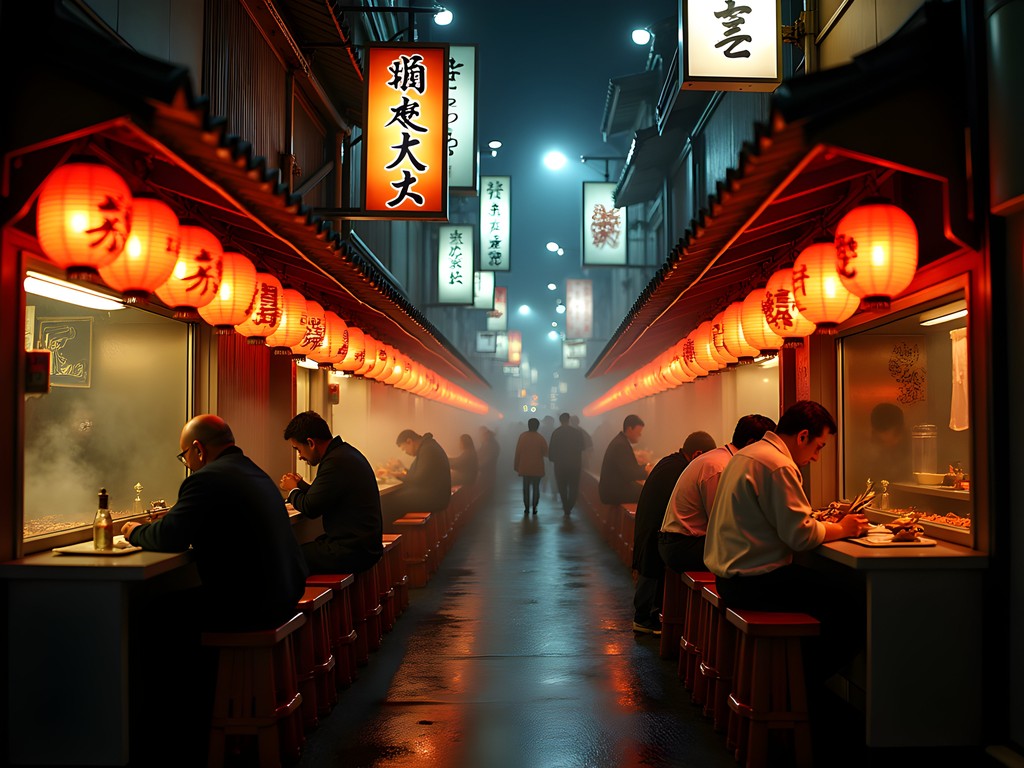
💡 Pro Tips
- Most yakitori stalls are tiny—be prepared to squeeze in shoulder-to-shoulder with locals
- Learn the Japanese names for specific yakitori parts you enjoy (or want to avoid)
- Look for the 'one-coin' yakitori places where each skewer costs 500 yen (about $5)
Portable Meals: On-the-Go Sustenance
Onigiri: Rice Triangles of Perfection
As someone who packs lunches for three kids daily, I have a deep appreciation for food that's both nutritious and portable. Onigiri—those triangular rice balls wrapped in nori and filled with everything from salmon to pickled plum—are the original fast food of Japan. I found myself grabbing these from convenience stores (konbini) almost daily. They're perfect for sustaining energy during long days of exploration, and at around 150 yen each (about $1.50), they're incredibly budget-friendly. My favorite was the tuna mayo filling, which reminded me of the tuna sandwiches I pack for my kids, just with a Japanese twist.
Melonpan: Sweet Bread Sensation
Despite the name, traditional melonpan doesn't taste like melon—it's called that because the sugar cookie crust on top resembles a melon's texture. This sweet bread became my go-to morning snack, paired with a can of hot coffee from a vending machine (another Japanese convenience I wish we had back home!). The contrast between the crisp, sweet exterior and the fluffy bread inside makes for a satisfying breakfast on the move.
Nikuman: Steamed Bun Bliss
On a particularly chilly morning exploring the gardens of the Imperial Palace, I warmed my hands and stomach with a nikuman (steamed bun filled with seasoned pork) from a convenience store. These pillowy buns are kept warm in special steamers at the counter, making them perfect for cold days. Beyond the classic pork filling, you can find variations with curry, pizza toppings, or sweet red bean paste. They're substantial enough to keep you going but not so heavy that you'll need a post-lunch nap.
I was so impressed with the quality and variety of Japanese convenience store food that I started documenting it all in my travel journal, complete with wrappers taped in and notes about my favorites. My colleagues back at the correctional facility couldn't believe the photos—our vending machine snacks suddenly seemed very sad in comparison!

💡 Pro Tips
- 7-Eleven, Lawson, and Family Mart are the holy trinity of convenience stores—each has unique offerings worth trying
- Most konbini have microwaves and hot water dispensers for instant meals
- Fresh onigiri are delivered multiple times daily—look for the time stamp to get the freshest ones
Noodles & Soup: Slurp-worthy Street Eats
Ramen: Beyond the Instant Variety
Let's be honest—we've all had those late-night instant ramen meals (they're a staple in my house on busy evenings). But authentic Tokyo ramen is a transformative experience that ruins you for the packaged stuff forever. I still dream about the tonkotsu ramen I had at a standing-only shop in Tokyo Station—the broth was so rich it coated my spoon like liquid velvet, the result of pork bones simmered for over 12 hours. The noodles had the perfect bite, the chashu pork melted on my tongue, and the ajitama (marinated soft-boiled egg) had that coveted jammy yolk. I learned quickly to come prepared with my travel-sized wet wipes because slurping ramen (which is not only acceptable but encouraged in Japan) can get messy!
Soba: Elegant Simplicity
After days of rich, heavy foods, I found myself craving something lighter and discovered the perfect solution in zaru soba—cold buckwheat noodles served on a bamboo mat with a simple dipping sauce. At a specialized soba shop in Asakusa, I watched in awe as the chef hand-cut the noodles with rhythmic precision. The proper eating technique involves dipping small portions of noodles into the sauce and slurping them quickly before they get soggy. The nutty flavor of the buckwheat and the clean, umami-rich dipping sauce were refreshingly simple after days of complex flavors.
Oden: Winter Warming Pots
I was lucky enough to catch the tail end of oden season during my early spring visit. These simmering hot pots filled with daikon radish, fish cakes, boiled eggs, konnyaku (yam cake), and various other ingredients slowly cook in a light dashi broth for hours. At convenience stores and specialized oden carts, you can point to what you want, and they'll fish it out for you. On a particularly rainy evening, I sheltered under the awning of an oden cart in Ueno, warming my hands on a cup of the broth while chatting with the elderly vendor about his 40 years of serving this traditional winter comfort food. Despite our language barrier, food became our common language.
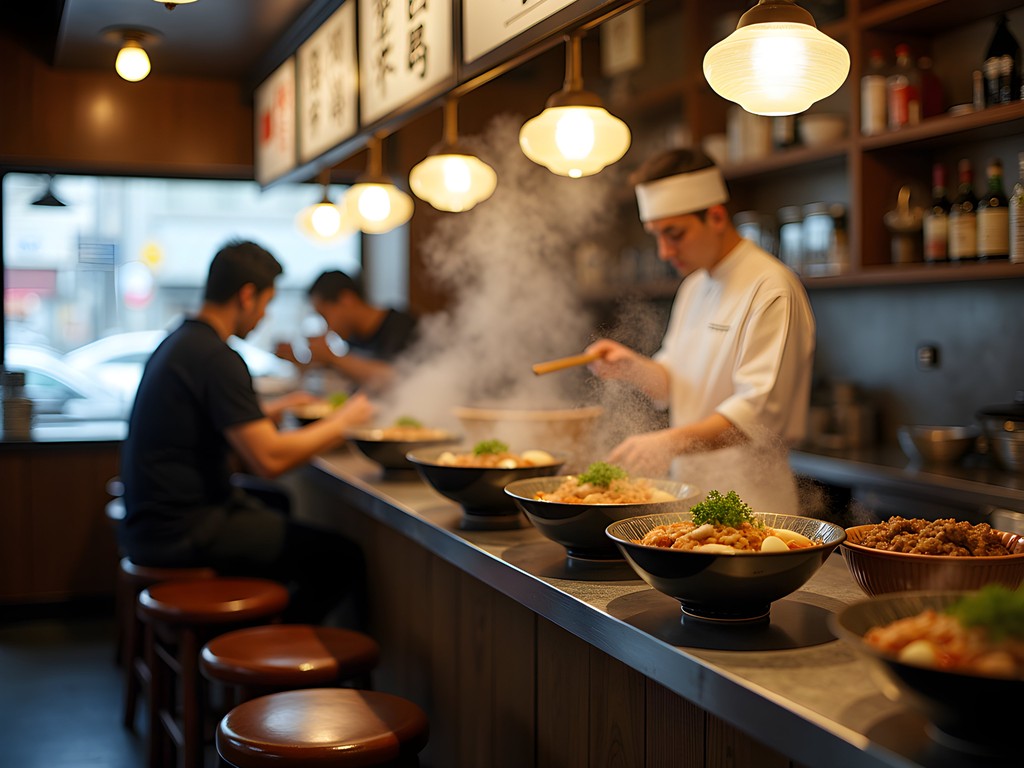
💡 Pro Tips
- For popular ramen shops, go outside peak hours to avoid long lines
- Don't be intimidated by ticket machines at ramen shops—most have pictures or English options
- When eating soba, save some of the sobayu (cooking water) to mix with your remaining dipping sauce for a satisfying finish
Where to Find the Best Street Food in Tokyo
Tsukiji Outer Market
Despite the relocation of the famous tuna auction to Toyosu, the outer market at Tsukiji remains a street food paradise. Arriving early (around 8 AM) let me beat the tourist crowds and join locals shopping for the freshest seafood. The narrow alleyways are lined with vendors selling everything from tamagoyaki (sweet rolled omelet) to fresh uni (sea urchin) on rice. My strategy was simple: follow your nose and look for lines of Japanese people. This led me to a life-changing grilled scallop brushed with soy sauce and a perfectly crispy tempura bowl topped with seasonal vegetables.
Memory Lane (Omoide Yokocho)
This narrow alleyway in Shinjuku, also known as 'Piss Alley' (charming, I know), dates back to the post-war black market days. Now it's home to dozens of tiny eateries, many with just 6-8 seats, serving yakitori, motsuni (organ stew), and other traditional dishes. The atmosphere is electric—steam rising from grills, the calls of vendors, and the clinking of beer glasses create a sensory overload in the best possible way. This isn't sanitized, tourist-friendly Japan; it's raw, authentic, and absolutely worth experiencing.
Ameya-Yokocho Market (Ameyoko)
This bustling market street runs beneath the train tracks between Ueno and Okachimachi stations. Originally a black market after World War II, it's now a vibrant shopping district where you can find everything from fresh seafood to discount sneakers. The food stalls here offer some of the best street food deals in Tokyo. I feasted on freshly grilled seafood skewers, crispy menchi-katsu (fried meat cutlet), and taiyaki hot from the mold, all while people-watching and soaking in the lively atmosphere.
Department Store Basement Food Halls (Depachika)
While not street food in the traditional sense, no Tokyo food exploration is complete without visiting a depachika. These basement-level food halls in major department stores like Isetan in Shinjuku or Mitsukoshi in Ginza are culinary wonderlands. Free samples abound, and the presentation is so artistic you'll want to photograph everything. I spent an entire afternoon at Takashimaya's depachika, assembling an impromptu picnic of karaage (fried chicken), inari sushi (rice stuffed in sweet tofu pockets), and wagashi (traditional Japanese sweets) to enjoy in a nearby park.
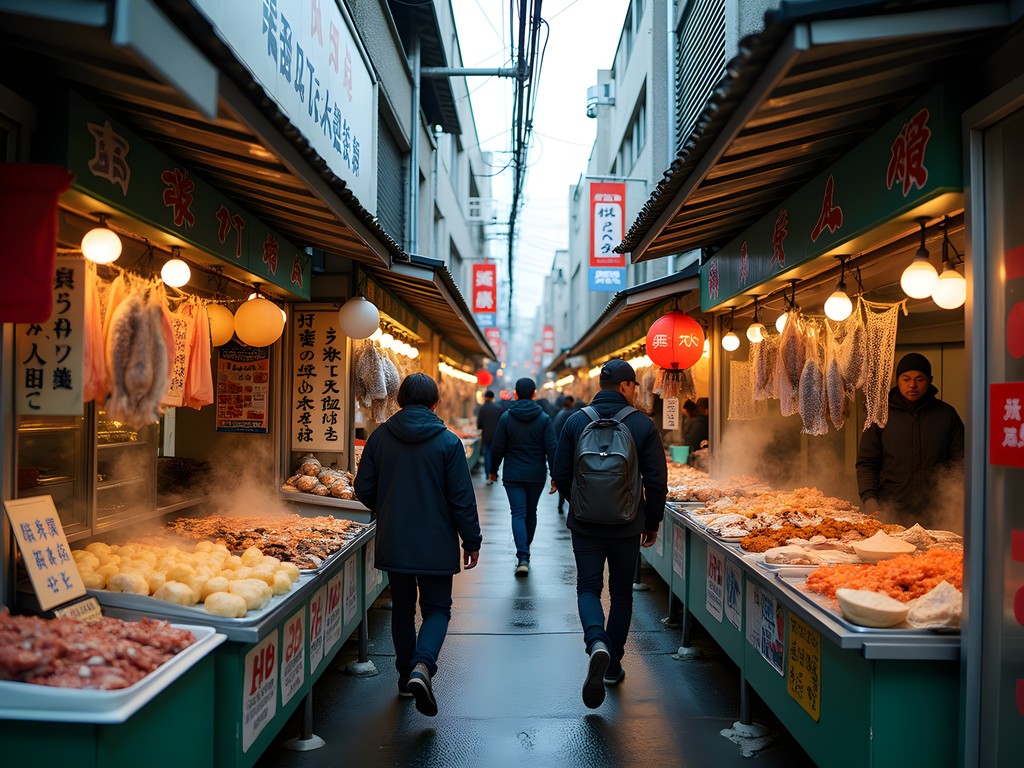
💡 Pro Tips
- Bring cash as many smaller street food vendors don't accept cards
- Learn basic Japanese food terms to make ordering easier
- Visit department store food halls just before closing for potential discounts on perishable items
Final Thoughts
As I packed my bags to return home, I realized Tokyo had transformed me from a casual eater into a passionate food explorer. The city's street food scene offers more than just delicious bites—it provides a window into Japanese culture, tradition, and innovation. From the meticulously crafted taiyaki to the umami-rich ramen, each dish tells a story of craftsmanship and respect for ingredients. While I couldn't wait to share these culinary discoveries with my children and colleagues back home, I knew that some experiences simply can't be replicated—you have to feel the steam of a fresh takoyaki on your face or hear the sizzle of yakitori over binchotan charcoal. So consider this not just a food guide but an invitation to create your own Tokyo street food adventure. Bring your appetite, your sense of adventure, and maybe some stretchy pants—your taste buds will thank you, and your soul will be nourished in ways that extend far beyond simple sustenance.
✨ Key Takeaways
- Don't be intimidated by language barriers—point, smile, and be willing to try anything once
- Tokyo's street food scene offers high-quality cuisine at surprisingly affordable prices
- Convenience stores (konbini) are a legitimate culinary destination in Japan, not just a last resort
📋 Practical Information
Best Time to Visit
year-round, though different seasons offer seasonal specialties
Budget Estimate
$30-50 per day for street food exploration
Recommended Duration
3-4 days minimum for comprehensive food exploration
Difficulty Level
Beginner-Friendly With Basic Preparation

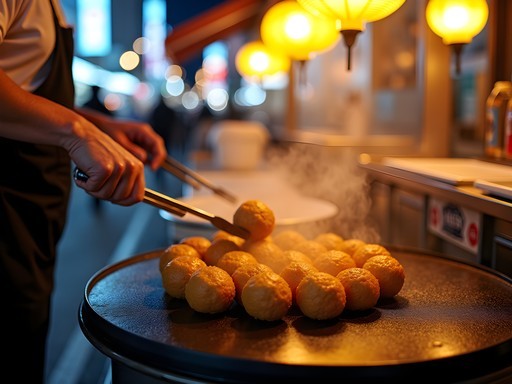
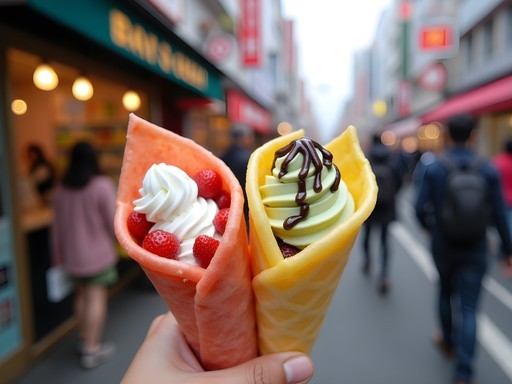
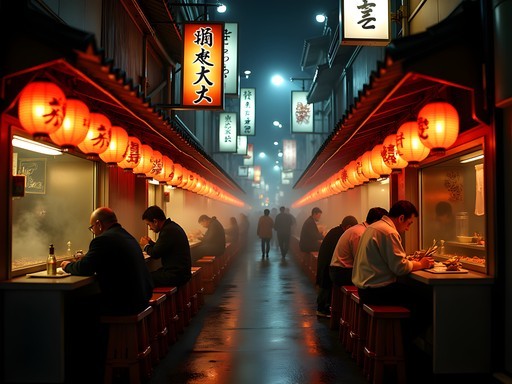
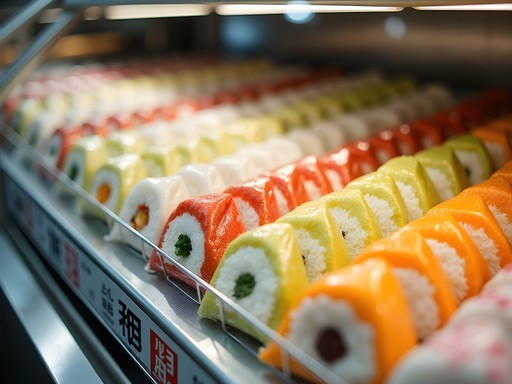
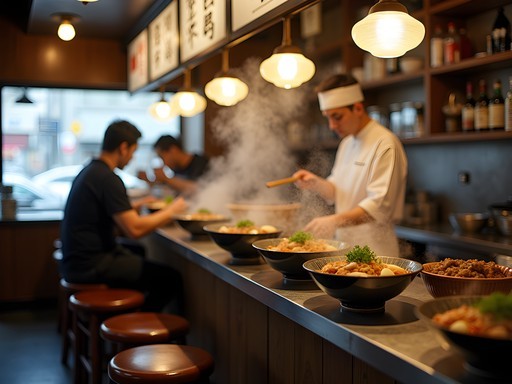
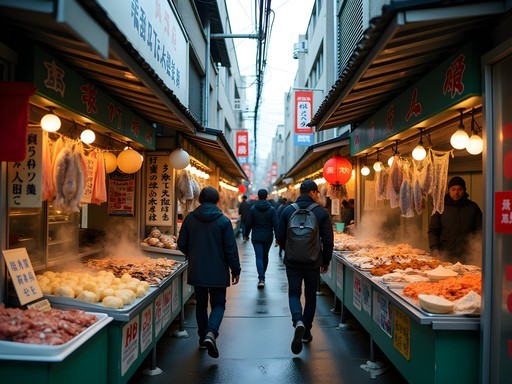


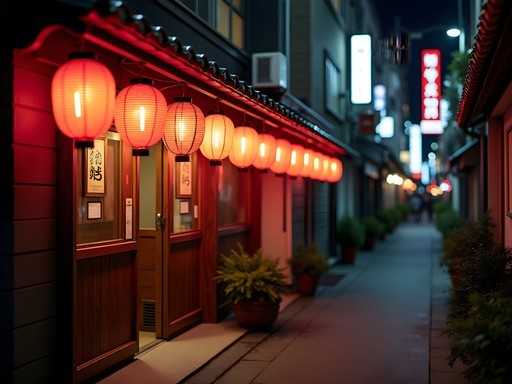

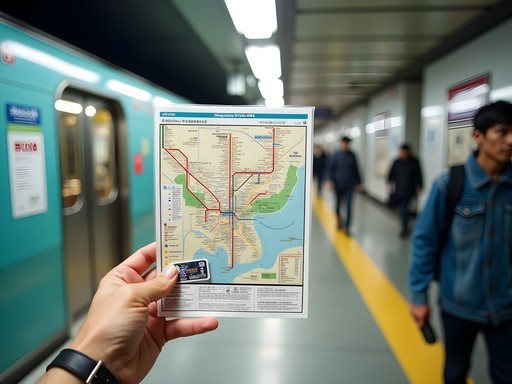


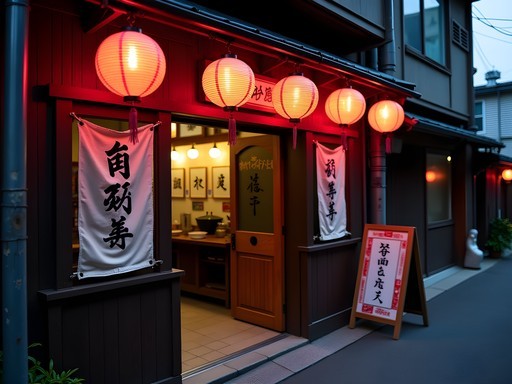


Comments
exploreguy
Planning my first solo trip to Japan and this post is GOLD! Is it easy to navigate the street food stalls if you don't speak Japanese? Any tips for someone with zero language skills? 😅
Stephanie Romano
You'll be totally fine! Most popular stalls have English menus or at least pictures you can point to. I survived with just 'arigato' and lots of smiling and pointing. Download Google Translate with Japanese offline package before you go - saved me many times!
exploreguy
That's so reassuring, thanks! Can't wait to try everything on your list!
Kimberly Murphy
Brilliant post, Stephanie! Tokyo's street food scene changed my life too. Quick tip for anyone planning a visit - don't just stick to the tourist areas! Some of my best food discoveries were in residential neighborhoods like Koenji and Shimokitazawa. Also, convenience stores (konbini) have AMAZING food - the egg sandwiches at Lawson are better than most fancy cafes back home! And if you're overwhelmed by choice, join a local food tour your first day - helps you get oriented and learn the etiquette.
greenpro
Great post! I'm heading to Tokyo next month but I'm vegetarian. Did you come across any good veggie street food options? A bit nervous about finding things I can eat!
Kimberly Murphy
Not Stephanie, but I was in Tokyo as a vegetarian last year! Look for taiyaki (fish-shaped cakes with sweet fillings), imagawayaki (round sweet cakes), and dango (rice dumplings). Also, many places now offer vegetarian versions of classics if you ask. I carried a translation card which was super helpful for explaining dietary restrictions. Harajuku and Omotesando areas had more veggie options in my experience!
greenpro
Thank you so much! That's really helpful - will definitely check out that translation card!
vacationzone
Those takoyaki balls look amazing! Saving this for my trip next year!
Marco Flores
Your post brought back so many memories! Last summer I spent two weeks exploring Tokyo's food scene and still feel like I barely scratched the surface. There was this magical moment at 5am at Tsukiji Outer Market where I watched a 70-year-old chef prepare tamago dashimaki with such precision it was like watching an artist. For anyone heading there, don't miss the yokocho alleys in Shinjuku - tiny bars serving yakitori until sunrise. Stephanie, did you make it to any of the department store basement food halls (depachika)? They're like street food but indoors and absolutely mind-blowing!
Stephanie Romano
Marco, yes! The depachika at Isetan in Shinjuku was a religious experience - I spent three hours there and tried so many samples. Those perfectly wrapped strawberries cost more than my hotel room though!
Marco Flores
Those luxury fruits are insane! Did you see the square watermelons? I couldn't believe the prices!
traveltime
Just got back from Tokyo last month and the street food scene is INCREDIBLE! Takoyaki became my absolute addiction - found this tiny stall in Ueno where the owner added a special sauce that wasn't like anywhere else. Stephanie, your correctional facility colleagues must be so jealous now! Did you try the taiyaki with custard filling? That was my daily breakfast treat!
Stephanie Romano
Yes! The custard taiyaki was amazing - I actually went back to the same shop three times. And you're right, my colleagues have been asking for food pics non-stop since I got back!
traveltime
Haha, I bet! I ended up with about 300 food photos on my phone. Worth it though!
wanderlustninja
I'm planning my first solo trip to Japan and your post is giving me life! Did you find it easy to navigate Tokyo on your own? Also wondering if you used a travel phrase book or just relied on translation apps?
Stephanie Romano
Tokyo is surprisingly easy to navigate solo! The subway system has English signs everywhere, and Google Maps works perfectly. I mainly used Google Translate, but having a few basic phrases memorized really helps. The locals appreciate any effort to speak Japanese, even if it's just 'arigatou'!
Sage Dixon
Can confirm Tokyo is one of the safest and most efficient cities for solo travel! One tip: grab a Suica or Pasmo card for the subway right away - makes life so much easier than buying individual tickets. And don't be afraid to get lost a little... some of my best food discoveries happened when I wandered down random alleyways!
islanddiver
Great post! I'm heading to Tokyo next month and I'm a bit nervous about ordering since I don't speak Japanese. Did you have any language barrier issues when trying to order street food?
Stephanie Romano
Don't worry at all! Most vendors are used to tourists and many have picture menus or food displays. I got by with pointing, basic phrases like 'kore kudasai' (this please), and Google Translate for anything tricky. The vendors were super patient and helpful!
islanddiver
That's a relief! I'll download Google Translate before I go. Any specific area you'd recommend for a first-timer to start their food exploration?
Stephanie Romano
Definitely start at Tsukiji Outer Market! It's super approachable and has a bit of everything. Asakusa area near Sensoji Temple is great too - lots of traditional snacks along Nakamise Shopping Street!
Sage Dixon
Stephanie, your post brought back so many memories! I did a similar food crawl last year and still dream about those taiyaki fish-shaped cakes. The trick is to eat them while they're still hot! One spot you didn't mention that blew my mind was this tiny stall in Memory Lane (Omoide Yokocho) where an elderly couple has been making yakitori for 40+ years. The man barely spoke but nodded approvingly when I ordered the chicken hearts. Sometimes the less touristy spots with the longest local lines offer the most authentic experience. Did you venture into any of the depachika (department store food halls)? That's another food adventure entirely!
Stephanie Romano
Thanks Sage! I did check out the depachika at Isetan in Shinjuku - absolutely mind-blowing! Those perfectly wrapped strawberries for $15 each had me questioning everything I knew about fruit, haha. Memory Lane is going on my list for next time!
Sage Dixon
Those luxury fruits are something else! Did you try any of the seasonal wagashi at the depachika? They're like edible art pieces!
greenmaster
Those takoyaki photos are making me so hungry right now! Tokyo street food is seriously next level.
Venture X
Premium card with 2X miles, $300 travel credit, Priority Pass